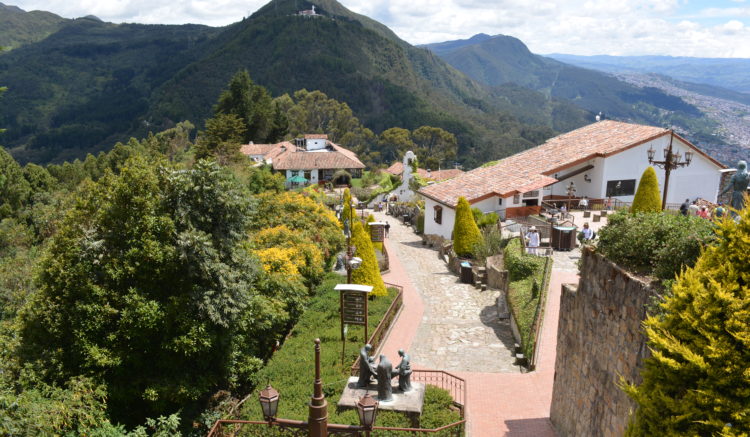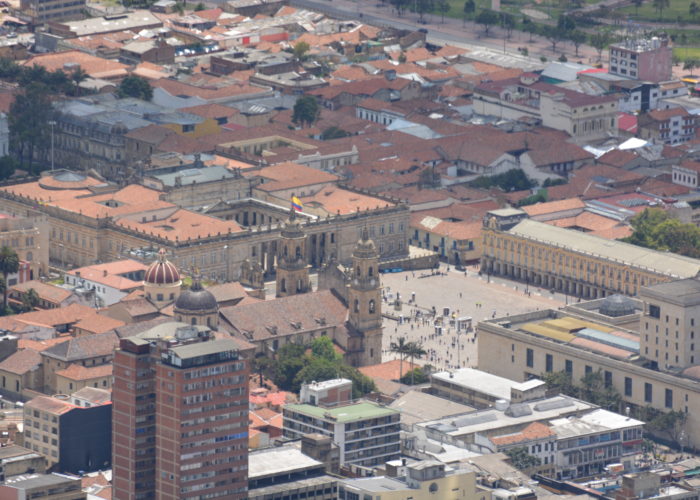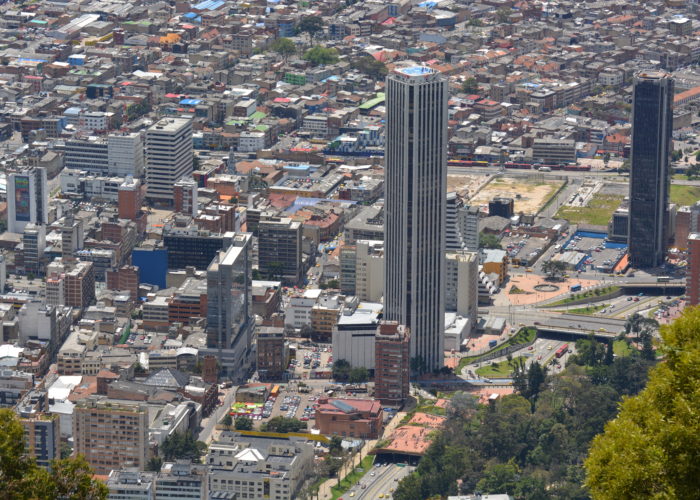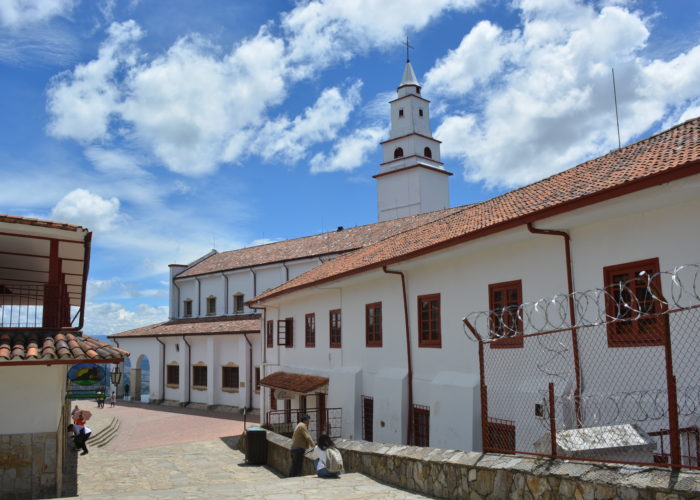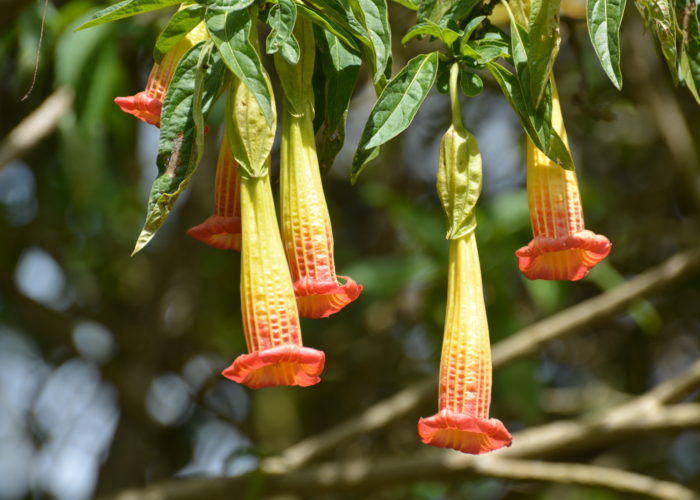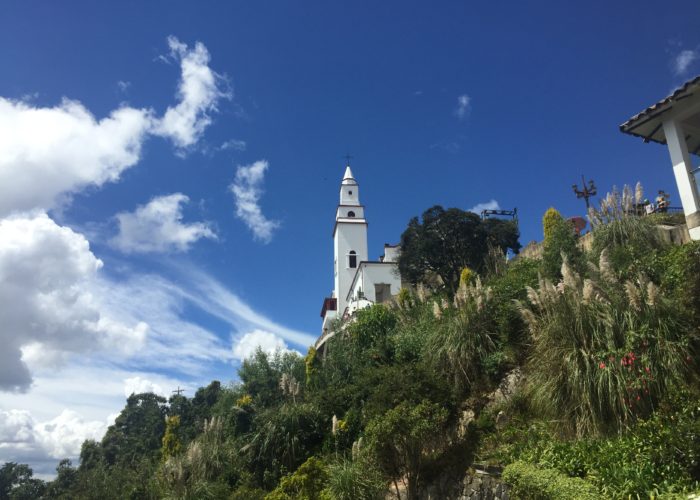On any extensive trip to South America, at some time most visitors will pass through Bogotá, Colombia’s capital, which is Colombia’s major transport hub and is also fast becoming one of South America’s principal hub airports which acts as a gateway to the Spanish speaking countries further South. This was our second visit to Bogotá, as we took the short flight from Cartagena to Bogotá on the first leg of our journey to the Amazon in Brazil as the overland route though Venezuela is currently unsafe.

Bogotá is a huge city of over 8 million people and is both the commercial and political centre of Colombia. It has a number of very modern areas full of offices, some of which would not be out of place in areas like Docklands in London or similar European or North American cities. The Andino shopping mall in the Chapinero district, with its designer stores and international brands, probably has to be the most affluent shopping centre we have come across in all our travels in South America. In other parts of the city centre there’s a huge array of specialist workshops and small businesses, often with similar businesses located along side each other, highlighting that the city is a very active commercial and working one too. Like any successful city there is always an element of less well off that are drawn to the opportunities in large and relatively prosperous cities, but overall Bogotá feels that it is a large city on the move, and is a key element of the massive transformation taken by Colombia, both economically and in safety, over recent years.

While the city lacks some of the spectacular sites of some South American cities, it has enough to keep any visitor occupied for several days and also has the added benefit of enabling any visitor to experience a real Colombian City. Bogotá has two world class museums, which are worth a visit on anyone’s agenda:
• The free Botero Museum, which contains a number of his most famous works, plus other works by Picasso, Freud, Salvador Dali, Henry Moore and many other world famous artists. The vast majority of the paintings and sculptures were donated by Botero, a wonderful legacy to his country of birth, and being free makes them totally accessible;
• The Museo del Oro, which probably has the largest collection of gold bling in the world, though closed on Mondays, so we had to put off visiting it until our next visit to Bogotá.
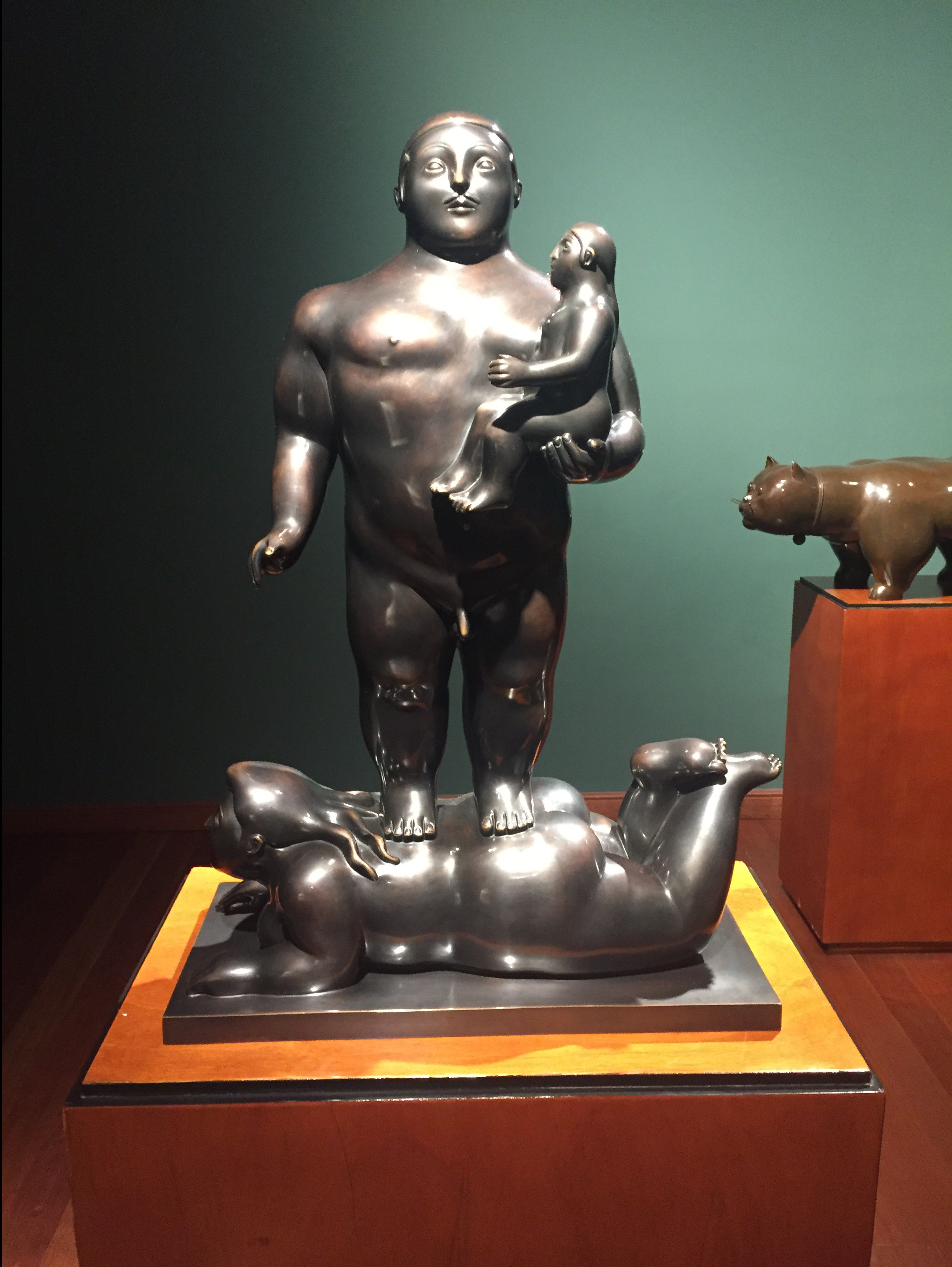
The Candelaria District, which is the original colonial settlement of Bogotá still contains many old buildings, and today is famous for some world class street art. On our first visit to Bogotá we did the graffiti tour of the Candelaria District and also the Botero Museum which are covered in my first blog Bogotá – Botero and Street Art.

On the hill overlooking the city at Monserrate is a church, which is a major pilgrimage centre of Colombia, with the icon of the black virgin. The church itself, like many in Colombia is relatively simple and lacks the conspicuous bling of the churches further south in Peru and Ecuador. The views of the city from the church are spectacular and on a clear day you can see how large the city is spread across the whole valley with suburbs clinging to the mountains opposite. In addition to the church is a beautifully maintained set of gardens with a pathway climbing up to the church. Like most similar places in South America, there are statues of each of the stations of the cross.
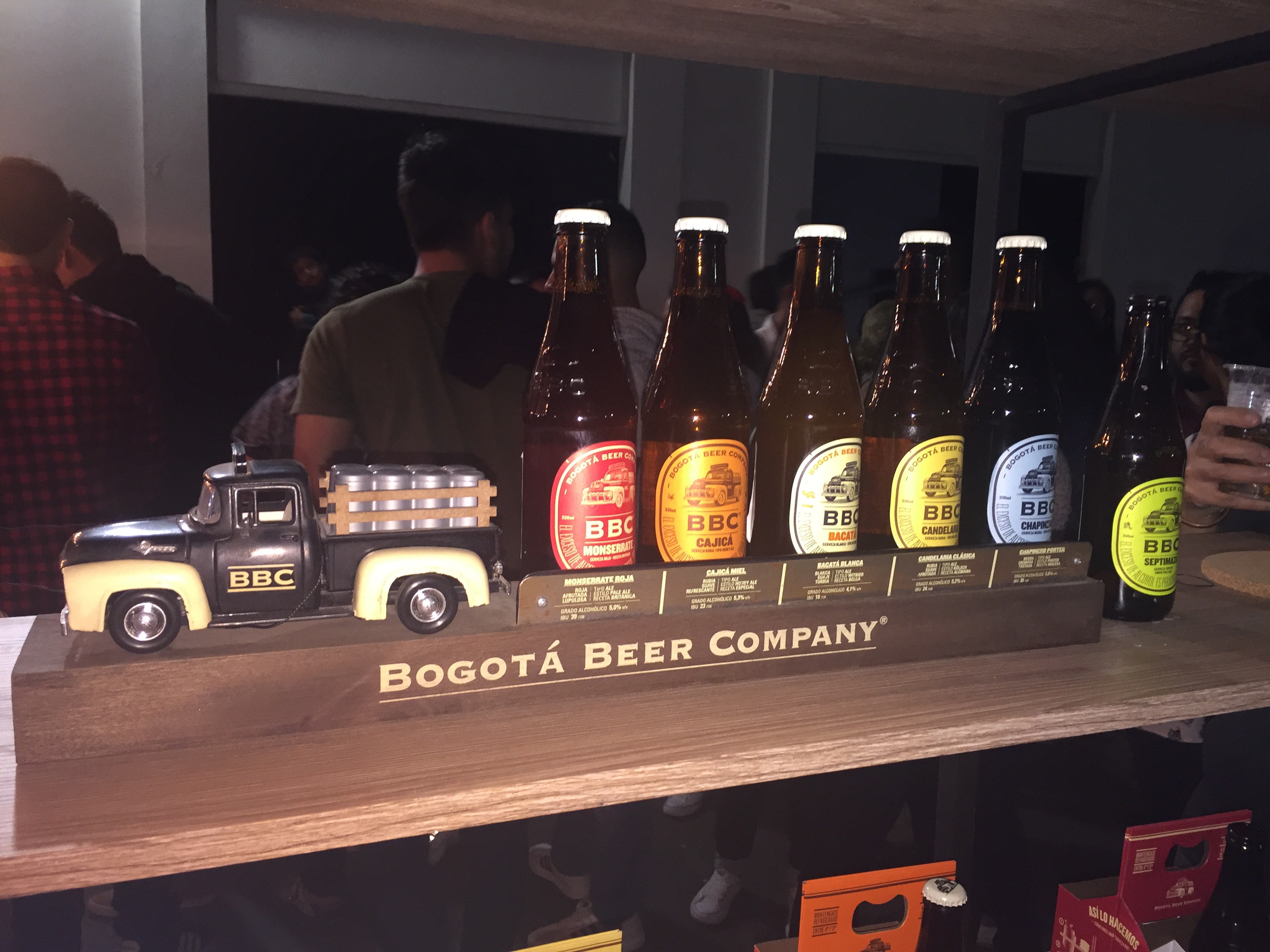
The microbrewery movement has also reached Bogotá in a big way, with the wonderfully named Bogotá Beer Company or BBC for short, making a number of excellent ales and lagers. Their logo with the old 1950s truck with beer barrels on its back is quite iconic. Like many microbreweries the world over BBC, has sadly been bought out by AmBev, though on the positive side they have been able to make the beer much more available across the whole of Colombia.
Date: 16/09/2018 to 18/09/2018
